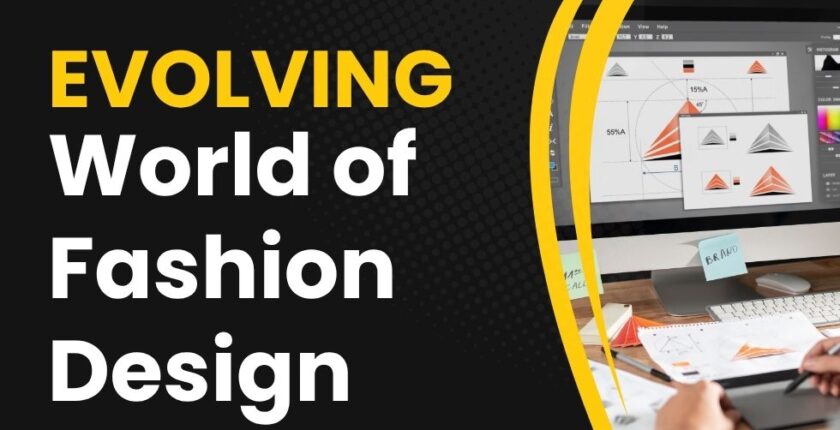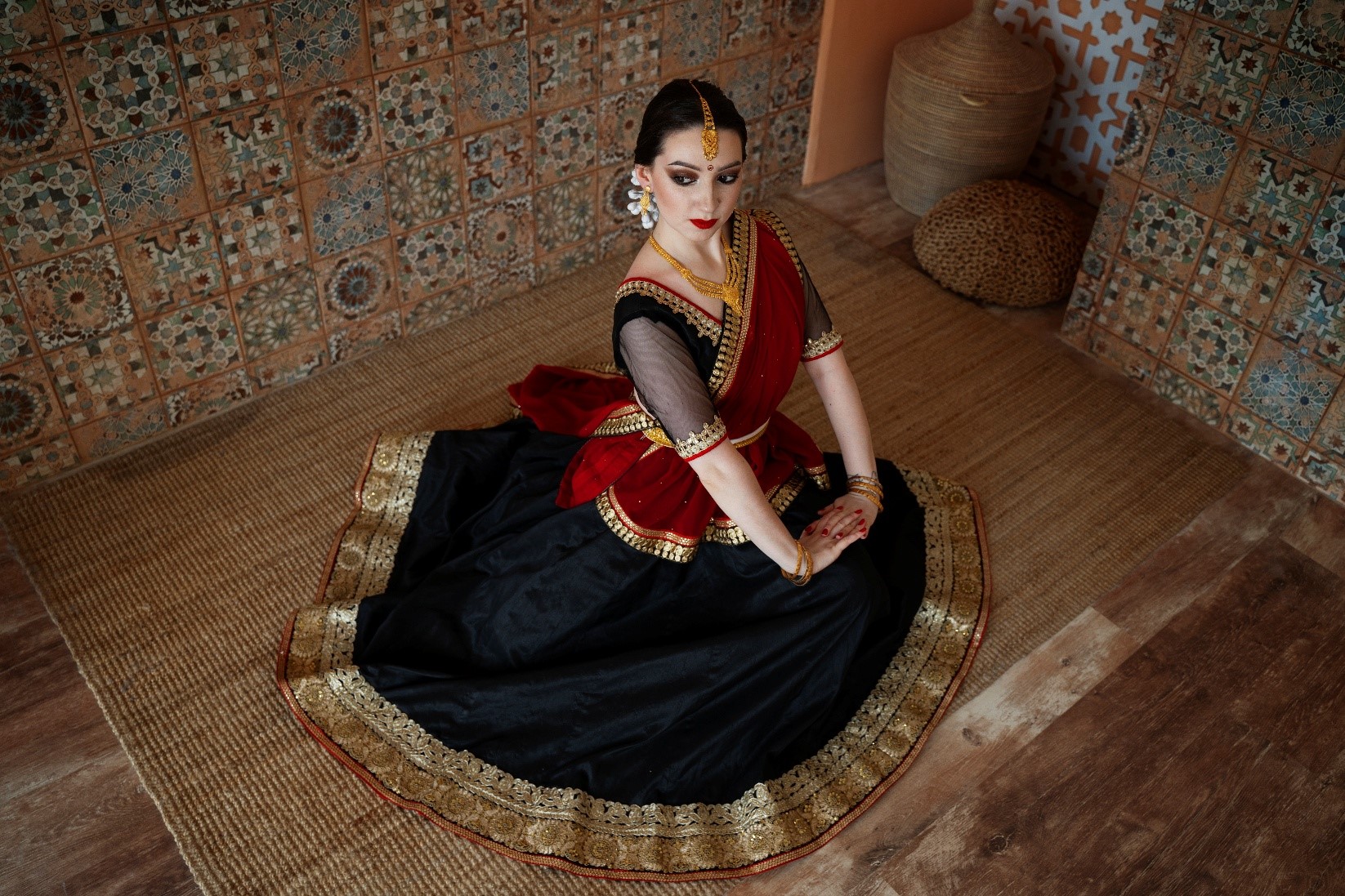Blog
Evolving World of Fashion Design
- May 13, 2025
- Posted by: Leher
- Category: Fashion Design Blog

Fashion design has always been an influential medium through which societies express culture, values, and identity. Over the years, the fashion industry has evolved tremendously from handcrafted garments rooted in tradition to algorithm-driven designs powered by artificial intelligence. Today, fashion design stands at the intersection of art, culture, technology, and sustainability, constantly adapting to changing global dynamics.
This article explores how fashion design has evolved, what factors have shaped its growth, and what the future holds for this dynamic industry.
 Historical Roots and Traditional Craftsmanship
Historical Roots and Traditional Craftsmanship
The origins of fashion design date back centuries when clothing was primarily handcrafted and tailored for functionality, modesty, and social status. In ancient civilizations like Egypt, India, China, and Rome, clothes carried cultural symbolism and reflected class hierarchy. In India, for example, rich handloom traditions like Banarasi silk, Chikankari, and Kanjeevaram sarees reflected both luxury and identity.
Designers in earlier times weren’t globally recognized; instead, artisans and tailors played a significant role in creating custom clothing. Fashion was slow, intentional, and deeply rooted in culture.
However, the Industrial Revolution in the 18th to 19th centuries brought many changes. Mechanized production led to mass manufacturing, introducing standardized sizing and making fashion more accessible. This makes the beginning of the modern fashion industry.
 Rise of the Modern Fashion Designer
Rise of the Modern Fashion Designer
Names like Coco Chanel, Christian Dior, and Yves Saint Laurent revolutionized how people perceived clothing, not just as utility, but as a form of self-expression.
Countries like New York, London, and Paris became the head of innovation. And seasonal collections outshine the fashion calendar. Designers became celebrities, and their work dictated trends across the globe.
Simultaneously, design institutes and fashion schools started flourishing, giving rise to a new generation of trained professionals who viewed fashion through the lenses of creativity, art, and commerce.
 Globalization and Cultural Exchange
Globalization and Cultural Exchange
The late 20th century witnessed a wave of globalization that deeply impacted the fashion world. Designers began blending styles and motifs from various cultures, leading to the rise of fusion fashion. For example, Western silhouettes were merged with Indian textiles, or African prints found a place in European collections.
Global supply chains allowed fashion brands to outsource manufacturing to countries like China, Bangladesh, and India, making fast fashion a global phenomenon. While this created more affordable clothing, it also led to environmental degradation and poor labor practices.
- Fast Fashion vs. Slow Fashion
Brands like Zara, H&M, and Forever 21 produce new collections within weeks, reacting quickly to trends and consumer demands. While fast fashion democratized style and allowed people to follow trends at low cost, it also contributed to overconsumption, waste, and ethical concerns.
This shift reflects a deeper awareness among consumers about the impact of their choices on the environment and society.
 Impact of Technology on Fashion Design
Impact of Technology on Fashion Design
Technology has transformed fashion design in recent years. From design software to virtual fashion shows, the integration of tech has streamlined processes and expanded creative possibilities.
- Computer-Aided Design (CAD): CAD tools allow designers to sketch, modify, and visualize garments before they are physically made. It improves accuracy, saves time, and enhances collaboration.
- 3D Fashion Design: Software like CLO 3D and Browzwear enables designers to create lifelike digital prototypes, reducing the need for physical samples and saving material costs.
- Artificial Intelligence (AI): AI is being used to analyze trends, predict consumer behavior, and generate new design ideas. Some platforms use AI to create personalized clothing recommendations and even generate design concepts.
- Virtual & Augmented Reality: Virtual fitting rooms, fashion shows in the metaverse, and AR-powered try-ons have started to redefine how consumers interact with fashion.
- Wearable Technology: Smart textiles and garments that monitor body metrics, adjust to temperatures, or connect to devices are adding functionality to fashion. Designers are exploring how clothing can not only look good but also perform tasks.
 Sustainability and Ethical Fashion
Sustainability and Ethical Fashion
One of the most concerning issues in fashion today is sustainability. This industry is one of the largest industry in the world. From water usage in cotton farming to textile waste and carbon emissions, every stage of the fashion supply chain has environmental consequences.
As a result, many fashion designers are focusing on:
- Upcycling and recycling to give old garments a new life.
- Minimalist design that emphasizes quality and timelessness over trends.
Certification labels like GOTS (Global Organic Textile Standard), Fair Trade, and B Corp are gaining popularity as consumers seek ethically produced clothing.
 Digital Age and Social Media Influence in Fashion Design
Digital Age and Social Media Influence in Fashion Design
Social media is a powerful tool in fashion Design. Platforms like Instagram, Pinterest, and TikToare trendsetters, giving rise to influencers who can propel a new style into global popularity overnight. Designers must now think visually and virally. k
Online presence is no longer optional. Designers showcase their work on digital platforms, collaborate with influencers, and use live-streaming to debut collections. Fashion weeks have also evolved, with some shows going fully digital during the COVID-19 pandemic.
This democratization of fashion has allowed independent designers and small brands to gain visibility without relying solely on big fashion houses.
- Diversity and Inclusivity in Design
Another major evolution in fashion designing is the push toward diversity and inclusivity. Today, designers are celebrating body positivity, gender fluidity, and cultural representation. Fashion shows feature diverse models, adaptive clothing is being designed for people with disabilities, and gender-neutral collections are breaking barriers. This shift is not only progressive but also commercially important as consumers increasingly demand brands that reflect real-world diversity.
- The Future of Fashion Designing
- Sustainable innovation such as biofabricated materials (e.g., mushroom leather, lab-grown silk).
- Digital fashion and the metaverse, where people buy and wear clothes for their avatars.
- Hyper-personalization using AI and data analytics.
Designers will need to balance creativity with consciousness, blending aesthetics with responsibility.
Conclusion
Fashion designing is no longer just about creating beautiful clothes. It’s about telling stories, solving problems, and shaping the future. From its traditional roots to the high-tech innovations of today, the evolution of fashion design reflects broader changes in society, technology, and values.
As designers embrace sustainability, inclusivity, and digital transformation, the fashion world is moving toward a more thoughtful, responsive, and visionary era—where creativity meets conscience.
Beside this information if anyone wanted to upgrade their skill in the related domain than you must go for Portfolio Making Classes course from Leher School of Design (Delhi) which is one of the best and recommended for their courses
Author:Leher
Leave a Reply Cancel reply
You must be logged in to post a comment.

 Historical Roots and Traditional Craftsmanship
Historical Roots and Traditional Craftsmanship Rise of the Modern Fashion Designer
Rise of the Modern Fashion Designer Globalization and Cultural Exchange
Globalization and Cultural Exchange Sustainability and Ethical Fashion
Sustainability and Ethical Fashion Digital Age and Social Media Influence in Fashion Design
Digital Age and Social Media Influence in Fashion Design